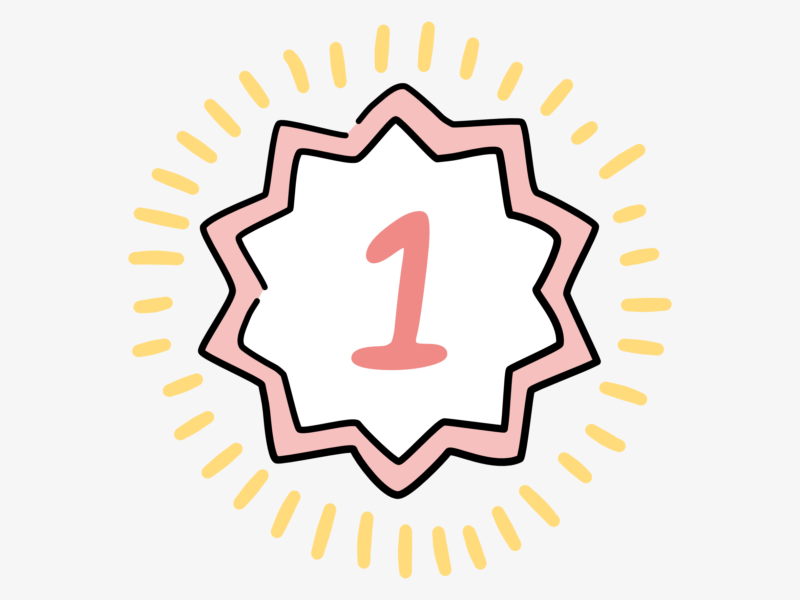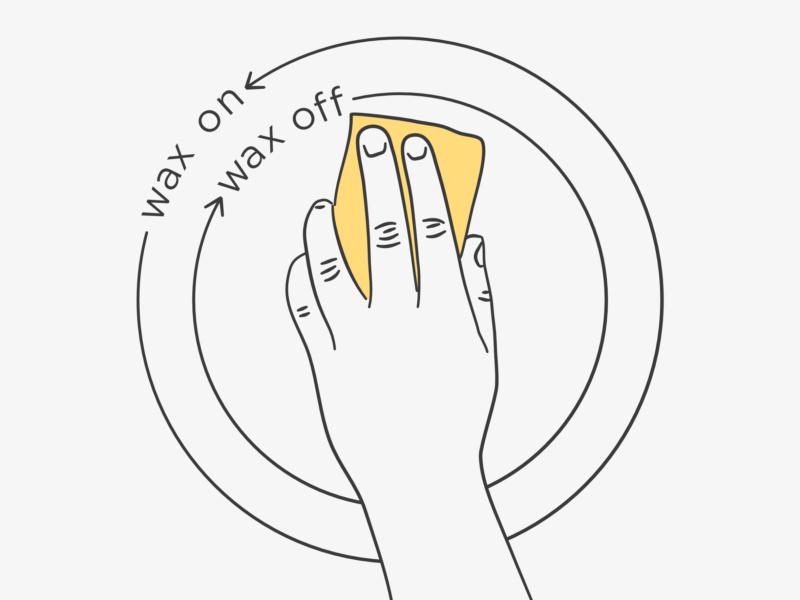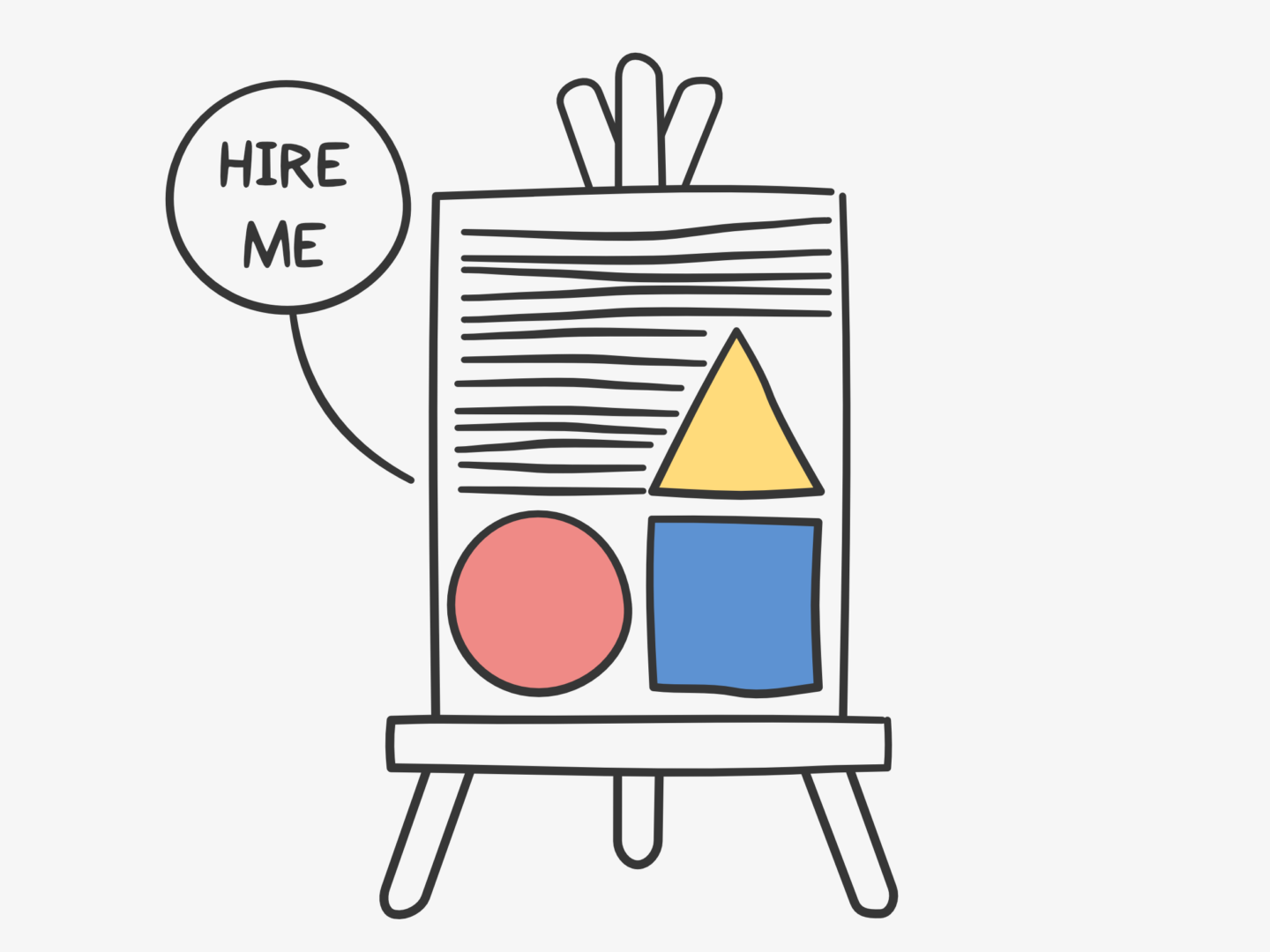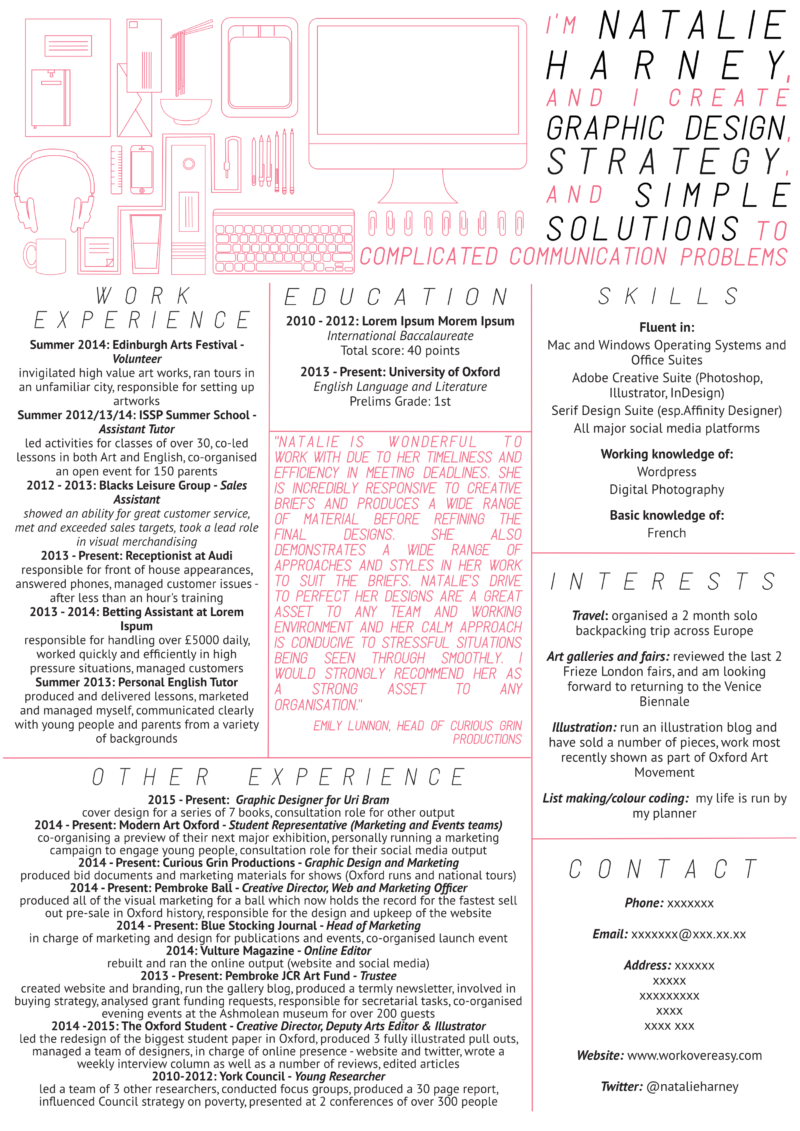I’ve been blogging for a whole year, say what?!
I honestly can’t quite believe that I’ve managed to stick to it, and I’ve completed a full year of posting at least three times a week. I’ve tried to blog and share my illustrations a few times before, but I’ve always fallen out of the habit pretty quickly and given up within a month or two. So it feels particularly sweet to have broken the cycle and invested this time in developing my creative skills.
It’s not always been easy, and I’ve not always been sure it’s been “worth it” but I am so glad I’ve done it. I’ve spent a lot of time reflecting on this first year of putting myself out there on the internet recently so I thought I’d share a few things that I would love to tell 2016 Natalie before she embarked on this journey – maybe it will be helpful for you, maybe it won’t, but I hope it’s at least interesting.
YOU WILL CARE ABOUT THE NUMBERS
Okay I want to cover this one right off the bat. It’s okay to care about the numbers. I feel like it’s become this dirty thing to care about your traffic or how many followers you have, that you become branded a high school mean girl consumed by your own popularity. But you’re not. Everyone cares about the numbers to some extent. These days larger numbers lead to greater opportunities. Plus it’s always nice to think people are engaging with something you’ve made. You should care about the numbers. But you shouldn’t just care about the numbers. They aren’t the only way to tell if you’re making good work – the ultimate judgement of that is down to you and how you feel about what you’re producing. It’s also not healthy to focus in on something you ultimately don’t have any control over to bring you happiness. Don’t worry about caring about the numbers, but don’t worry too much about what they are either.
WORK OUT WHICH SOCIAL CHANNELS WORK FOR YOU
Before I started blogging I wouldn’t have put Pinterest as my favourite or most lead generating social media. But after a year of using it, it really is. I think it’s worth trying out a load of platforms at the beginning and seeing which ones you enjoy the most and get the best return for effort with. For example, I don’t have a lot of Twitter followers but I enjoy it the most in terms of interaction so it’s one I spend a lot of time on actively. Whereas I know Instagram is important for having a public profile as an “artist” but I don’t like using it that much and it can leave me feeling quite negative, so I focusing on queueing good content rather than having to scroll for hours. I also really wanted, nostalgically, to get back into using Tumblr but it just didn’t fit my schedule in the way I’d hoped so I left it to one side so I could focus on different channels – but who knows now might be the time to revive it.
ENGAGE WITH OTHER CREATORS
One of the things I’ve really enjoyed about getting into blogging is getting to meet (digitally) and speak to so many like-minded people. I wish I’d had a bit more of a push to do it at the start. The creative blogging community is so lovely and inclusive, and it’s something I really want to become a bigger part of in the future. So I wish I could tell myself to reach out and say hi a bit more!
YOU’LL FIND YOUR OWN STYLE IN TIME
I feel like there’s a lot of pressure to be completely yourself in your blog and find your niche before you start whilst being bombarded by tips and hack on how to grow as a blogger that largely homogenise your content. At the start, I spent a fair bit of time worrying about not having a niche. I still spend a bit of time thinking about it now, But I feel like through writing about what I wanted and not worrying about it too much, sure I have an overarching theme but I’m not as specific as a beauty blog or a DIY blog I’ve kind of found my own like patch of the internet (design, creativity, and professional productivity). In a similar way it’s taken me a little while to develop a visual style that ties my posts together, and that came from imitating and trying out different styles I liked and keeping the bits that worked for me until slowly something that was my own emerged to the extent that I hope you can recognise one of my drawings as mine.
DON’T PUT ALL YOUR EXCITEMENT EGGS IN ONE BASKET
I’ve received quite a few exciting emails through my blog. But very very few of them have actually manifested. Getting those exciting emails is really lovely, but don’t expect anything more from them until you get further down the line, until it’s a real conversation or a contract. Appreciate them for what they are and don’t feel disappointed if they don’t amount to something, because you’ve not lost anything at all.
BE CONSISTENT
I feel like this is blog advice 101 and it’s something that I’ve done naturally but it’s still something I’d want to remind myself of before I started. But consistency has been absolutely key for me in terms of keeping my blog going but also in terms of shaping my work. Starting with a schedule helped me create a habit around writing and illustrating for the blog, which has ultimately made it easier to be consistent and stick to blogging. Make it, and that means all of it, part of your routine as soon as you can.
DON’T WORRY TOO MUCH
As much as I love it, this blog has been a major source of anxiety for me. I wish I could tell myself when I started not to worry so much. What will happen will happen. How people respond to your work once you’ve put it out there is completely out of your hands, so don’t worry about it. That’s still something I need to remind myself of now. Missing a post isn’t the end of the world. Not scheduling a day’s social media isn’t the end of the world. Having no comments on something you’ve written isn’t the end of the world. Getting no engagement on a social post isn’t the end of the world. It’s just a blog.
REFLECT ON YOUR ACHIEVEMENTS
This is something I’ve only just started doing recently, now that I’ve hit that year mark. But taking the time to actually appreciate how much work I’ve put into this blog has been really lovely and made me feel really proud. I don’t think it’s something you can do every day but taking the time to pause every once in a while and reflect on how much you’ve put into your blog is so worth it and I wish it was something I’d started earlier.









